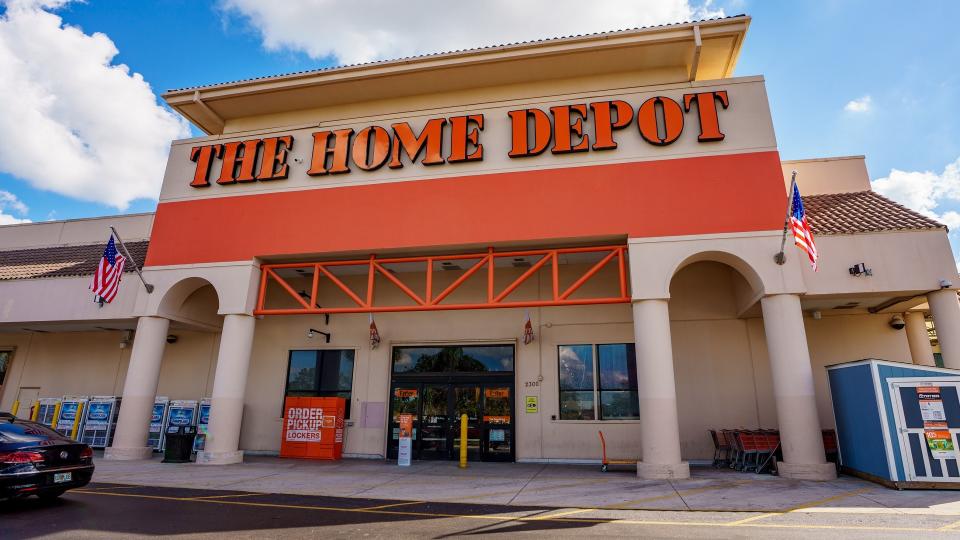Could Home Depot and More Retail Stores Raise Prices Due to Soaring Shoplifting Rates?

In a recent opinion piece in the Washington Post, Neil Bradley, executive vice president and chief policy officer at the U.S. Chamber of Commerce, described organized retail crime (ORC) as a “a full-blown national crisis on an unprecedented scale.”
Home Depot 11% Rebate Guide: How It Works and When To Use It
Costco vs. Home Depot: Which Is a Better Stock Buy?
“We are not talking one-time shoplifters stealing out of need, but criminal rings pilfering large amounts of goods with the intent to resell, usually online,” said Bradley. “These crimes increasingly turn violent.”
This is something Home Depot’s CEO Ted Decker and Vice President of Asset Protection Scott Glenn know all too well. For the home improvement giant, it’s not just profit that is being lost, it’s lives.
Defined by the National Retail Federation (NRF) as “the large-scale theft of retail merchandise with the intent to resell the items for financial gain,” organized retail crime has been dangerously surging since the pandemic.
When taken as a percentage of total retail sales, the NRF estimated $112.1 billion was lost to organized retail crime in 2022, up from $93.9 billion in 2021. Speaking to ABC News, Glenn said that ORC theft at Home Depot stores has been “growing double-digit year over year,” prompting the company to start locking up more items, both high-value ones and even less expensive products.
“They’re not all big — they’re not all power tools and generators. You can have a circuit breaker — [worth] $50, $60, $80 — those are all high-theft items,” said Glenn.
Explore: 6 Home Depot Return Policy Tips To Keep In Mind
While retailers are rightfully concerned about losses to their margins and profitability, they are highly disturbed about a heightened level of violence and threat of violence associated with theft and crime.
Over the last year, two employees — Gary Rasor, 83, and Blake Mohs, 26 — were fatally attacked trying to stop thefts while working at their North Carolina and California Home Depot stores, respectively.
“More and more we’re seeing the risk being brought into the stores, and people being hurt or people even being killed in many cases because these folks, they just don’t care about the consequence,” Glenn said.
Last year, 81% of NRF survey respondents reported that ORC offenders had grown more violent. This year, 67% said they were seeing even more violence and aggression from organized retail crime culprits compared with a year ago.
Of course, extra security measures comes at a cost. Store customers might not see changes at the cash to start, but anti-crime prevention has to be paid for somewhere. However, consumers will most likely see changes to their shopping experiences very soon.
Decker stated that stores will fight organized theft groups by investing in more security guards, increased lighting in parking lots and expanded recording and surveillance. “It’s a big problem for retail,” Decker told CNBC’s Squawk Box. “This isn’t the random shoplifter anymore.”
So far, Home Depot has managed to avoid closing any stores due to security concerns or profit losses. The same can’t be said for Nordstrom, Whole Foods, H&M, Banana Republic and Office Depot, which have all closed locations in California due to rampant crime, worker safety and flagging sales.
More From GOBankingRates
This article originally appeared on GOBankingRates.com: Could Home Depot and More Retail Stores Raise Prices Due to Soaring Shoplifting Rates?